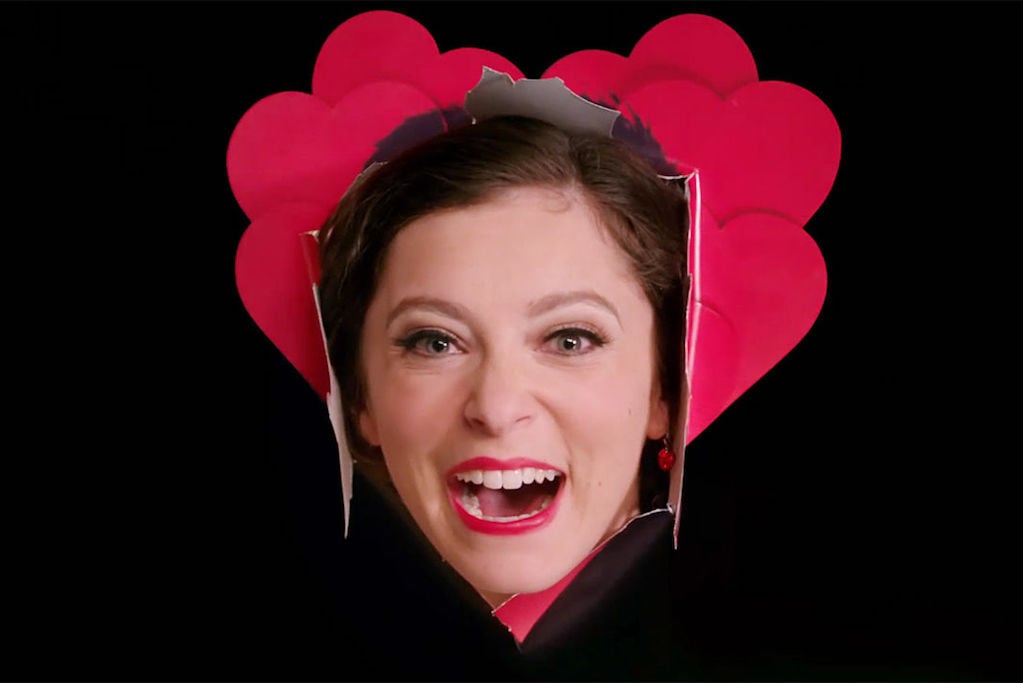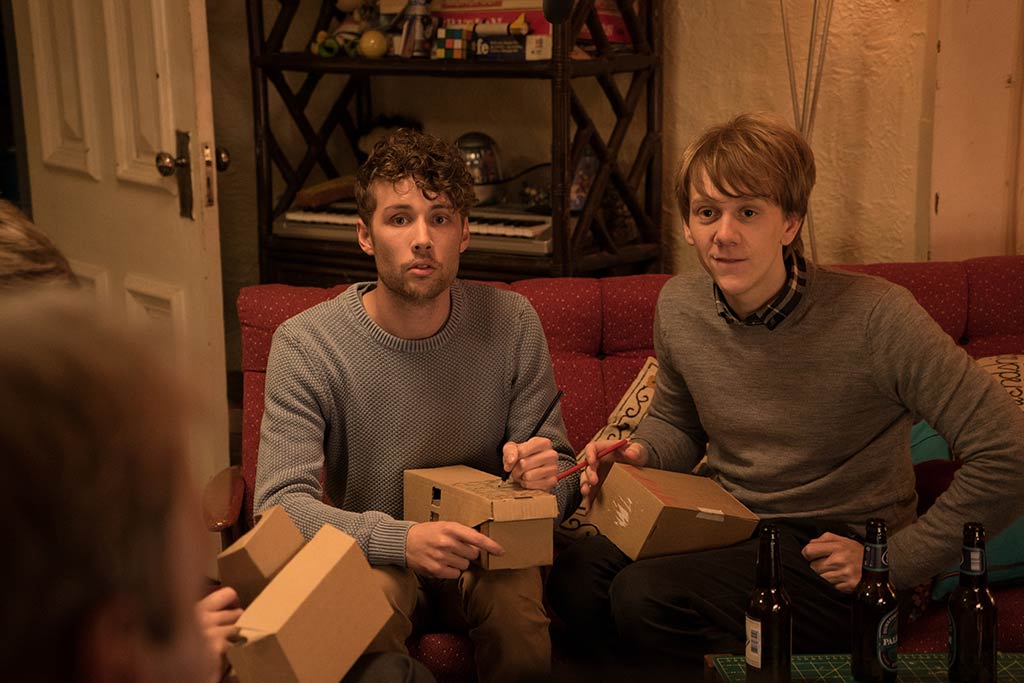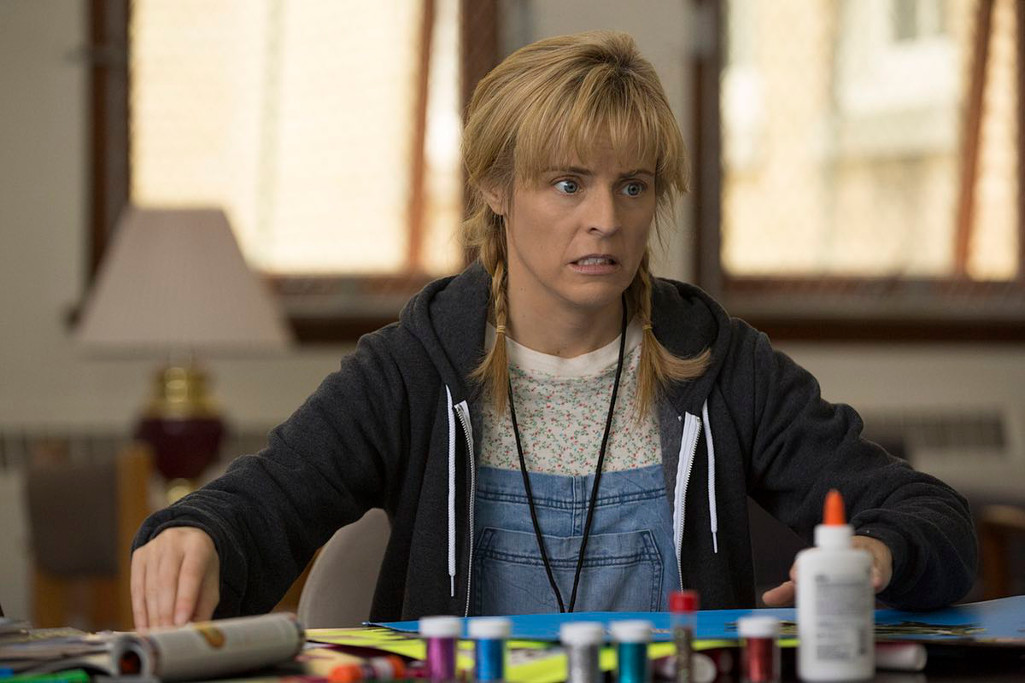Introducing ‘High Life’: Channel 9’s Great New Online Series Exploring Mental Illness
We talked to the show's star Odessa Young.
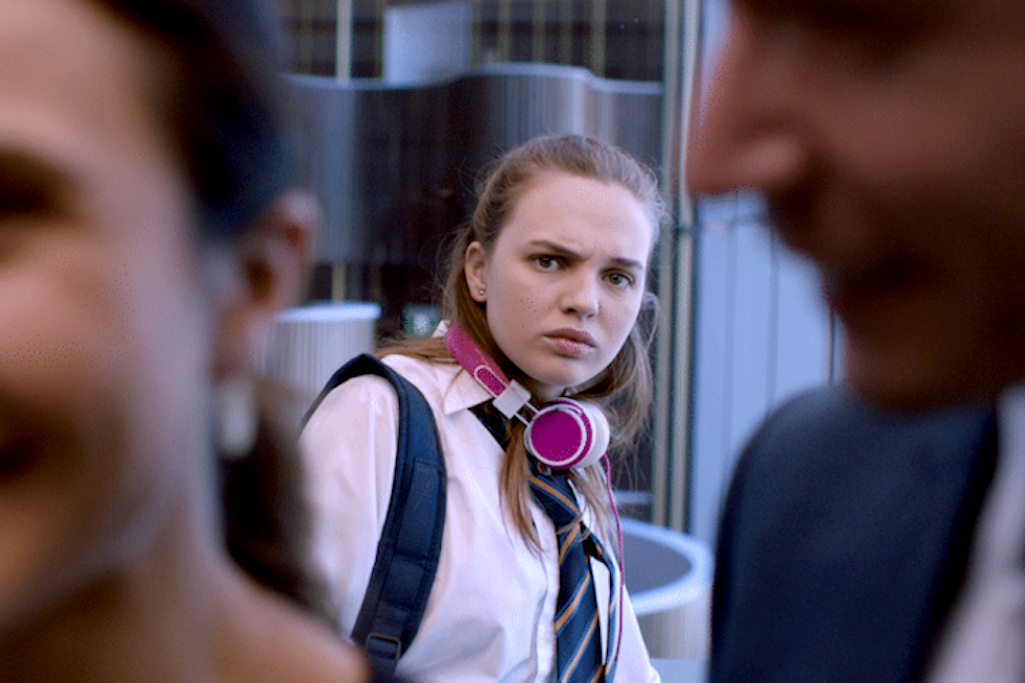
TV has a new favourite subject matter: mental illness. Countless new and talked-about shows are centring their plots (or, at least, a portion of them) on explorations of life with mental health, to varying degrees of success.
In the US there’s BoJack Horseman, Crazy Ex-Girlfriend, UnREAL, You’re The Worst and the new, extremely controversial teen suicide drama 13 Reasons Why. In Australia we’ve been lucky to witness a particularly nuanced exploration of life with mental illness in Josh Thomas’s dearly departed Please Like Me.
Now the Nine Network has jumped into the fray with their new multi-platform teen drama, High Life. From Glen Dolman and director Luke Eve (who has previously explored mental illness in his short series Low Life), High Life stars Aussie screen darling Odessa Young (The Daughter, Looking for Grace) as Genevieve, a 17-year-old schoolgirl with bipolar disorder.
The series premiered on Channel 9 earlier this month with six ten-minute episodes aired back-to-back. It’s now available to stream on 9Now in bite-sized episodic chunks that brilliantly detail Gen’s alternately thrilling and terrifying experience during her first manic episode. The show is stark and fascinating, anchored by Young’s strong leading performance. It’s also an important step for local commercial networks into cross-platform programming, and the world of short-series streaming.
High Life is one of just a few short series being created for “multi-platform” distribution: to be viewed both on television and online. The ABC and SBS have both made inroads with cross-programming, airing well-received short comedy series The Katering Show, Sammy J’s Playground Politics and The Wizards of Aus both online and on the TV, for those preferring an old-school viewing mode.
We caught up with the new series’ star Odessa Young to talk about mental illness and creating a short series for television and online.
“I loved the tone in which High Life was written,” Young says. “It’s rare to see mental illness portrayed in a light-hearted way and this project caught my eye because of that.”
Of course, it’s not all light and easy. Young’s character Gen has some tough times, and the show isn’t afraid to venture into dark places. “It’s a sensitive portrayal,” she notes. “I think Glen [Dolman] and Luke [Eve] have drawn a beautiful line between comedy and drama.”
Eve is no stranger to the story of bipolar on-screen. His earlier project, Low Life, is a black comedy that explores the lows of a depressive episode. It’s very different to the tone of High Life, which at times feels like a fantastic fever dream. We see the world through Gen’s eyes, her voiceover narrating in a disassociate third person.
Intelligent and sensitive, Gen feels a little like the actor portraying her. Young is a perceptive and talented talent, and the recipient of an AACTA award for her impressive work alongside a slew of Aussie screen vets including Miranda Otto and Geoffrey Rush, in Simon Stone’s The Daughter.
When I ask Young if she feels any special connection to Gen, she tells me, “Mental illness has been a part of my life since I can remember; in myself, family, friends. I think most people have the same [kind of] story.”
“Mental illness was always recognised as a big part of everyone’s life on set.”
Young is right; the upswing in TV shows exploring mental illness could well be because, as we’re slowly breaking social taboos regarding discourse around mental health, more people are coming forward with stories of struggle and survival. However, though mental health discourse is expanding and becoming more accessible, the duty of care falls to those television-makers who are using the discourse to create content.
In light of the recent furore over Netflix’s 13 Reasons Why — which has created rather a mess for youth mental health services seeking to care for distressed teen viewers — I asked Young about the process of preparing for a role like Genevieve. “I already knew various things about bipolar disorder,” she tells me, “but I looked for more in personal articles by people who live with [the disorder], documentaries, medical articles… What was important to me was finding a humanity in the information.
“What mattered to the show was a personal voice. I found that voice in people who shared their experiences.”
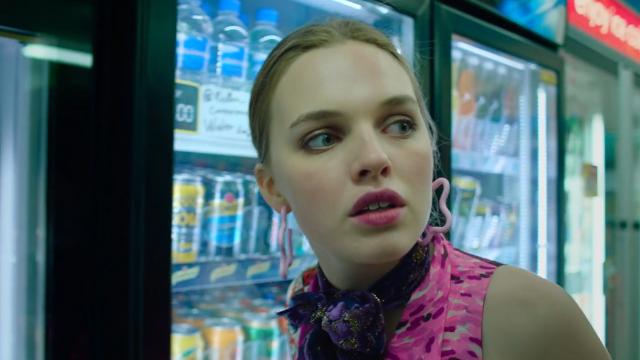
Young, as well as the entire team behind High Life, took the responsibility of the show’s subject matter seriously. “I think everyone on set was respectful,” says Young, “but we also didn’t tread on eggshells around the issue. Mental illness was always recognised as a big part of everyone’s life on set and I think we were all comfortably open and transparent about our experience with it.”
When talking about the experience while filming, Young describes the series as “somewhere between a short film and a feature film”. “We shot High Life in ten days, and considering the length of the entire project [roughly 60 minutes all up], this is incredible.”
To me, High Life represents a fascinating new direction for Australian television. It’s not just a considerate and fascinating portrayal of mental illness — something Australia has proved it excels at — it’s also a wonderful short series targeted cleverly at the exact people who should be finding it. Young viewers are finding all their content online.
It’s no coincidence that the demand for this work is increasing rapidly; it can be produced quickly and at a superior standard, and can then be made accessible to a swathe of viewers whose eyeballs are trained on the web. It is no secret — young (and even older) viewers aren’t buying that many movie tickets, or signing up to Foxtel, or even turning on the free-to-air TV channels any more. The future of Australian content is certainly online.
So this kind of high-quality, multi-platform work is exactly where Australia’s film funding bodies (and distributors) should be putting great chunks their money. Here’s hoping the success of High Life continues to steer industry in the right direction.
–
High Life is available to watch in full on 9Now.
–
Matilda Dixon-Smith is a freelance writer, editor and theatre-maker, and a card-carrying feminist. You can find more of her ramblings about women and the arts on her website. She also tweets intermittently and with very little skill from @mdixonsmith.

